Compared with forest oasis and prosperous city, the desert is desolate. The desert, if it is only a little bit in the oasis, is the best scenery adjustment. In fact, one third of the earth’s land is desert, and some land is facing the threat of desertification. I have visited one of the eight major deserts in the country, and I may have a different understanding of the earth, nature, and life from then on.
1. Badain Jaran Desert 巴丹吉林沙漠
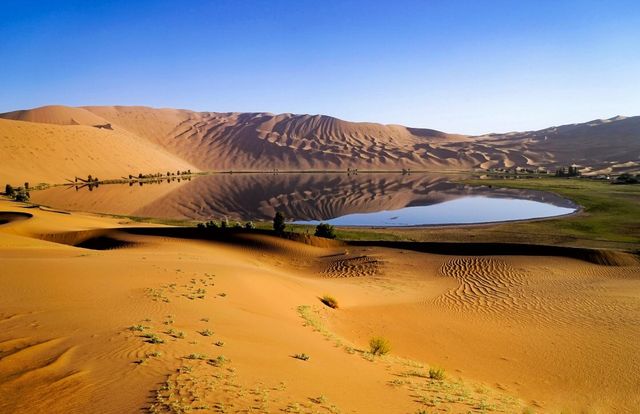
Located in the territory of Alxa League, Inner Mongolia, at the bottom of Yin’e Basin. Qifeng, Mingsha, lakes, sacred springs, and temples are called the “Five Wonders” of Badain Jaran.
The Badain Jaran Desert accounts for 39% of the total area of Alxa Right Banner, with a relative height of 200-500 meters, and is the location of the highest sand dunes in China and even the world. In the Mingsha Mountain of Baori Tolgoi, the roar of falling sand resounds for several kilometers, which is known as the “World Mingsha Kingdom”.
2. Taklimakan Desert 塔克拉玛干沙漠
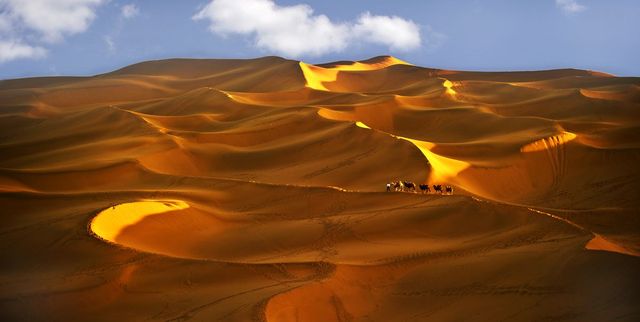
Located in the center of the Tarim Basin in southern Xinjiang, it is the largest desert in China and the second largest mobile desert in the world.
Here, the pyramid-shaped dunes stand 300 meters above the plain. The strong wind can blow up the sand wall. Affected by the wind, sand dunes often move. There are also a small number of plants in the desert, their root systems are unusually developed, and animals have summer dormancy.
3. Gurbantunggut Desert 古尔班通古特沙漠
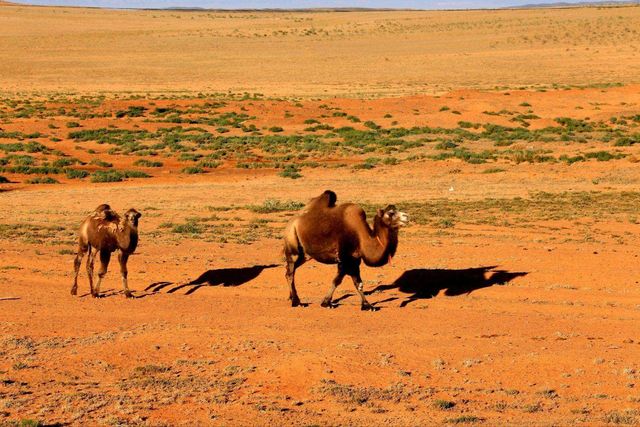
It is located in the center of the Junggar Basin in Xinjiang, also known as the Junggar Basin Desert. It has an altitude of 300 to 600 meters and has many water sources.
It is composed of 4 deserts: the Sobgurbugle Desert in the west, the Hoking Nerisin Desert in the east, the Dezosotten-Erisson Desert in the middle, and the Kububei-Akkum Desert in the north.
After the snowmelt in winter, ephemeral plants unique to the Gurbantunggut Desert germinated and bloomed quickly. At this time, the desert was full of green flowers and blossoms.
4. Tengger Desert 腾格里沙漠
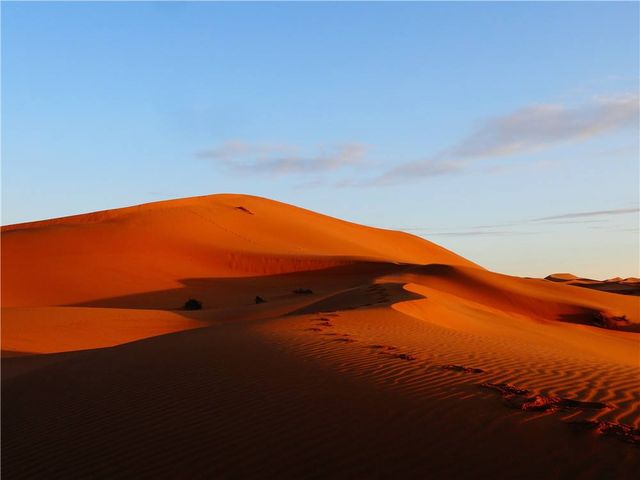
It is located in the southwest of Alxa Left Banner of Inner Mongolia and the border of central Gansu Province, with sand dunes, lake basins, grass beaches, mountains, residual hills and plains staggered in the interior.
The “Moon Lake” in the hinterland of the Tengger Desert is the only original ecological lake with a coastline. There are three strange lakes: one is that the shape resembles a map of China, the second is that the lake water is a natural medicinal bath formula, and the third is that there are black sand muds that are tens of thousands of years old under the thin surface on the shore, and the quality is better than the black mud in the “Dead Sea”.
5. Kumtag Desert 库姆塔格沙漠
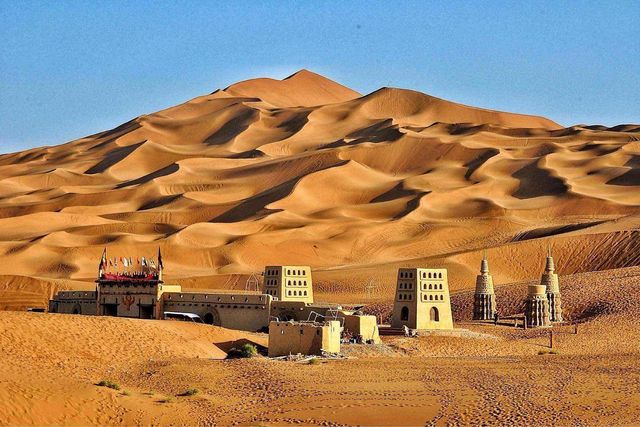
Located at the junction of western Gansu and southeastern Xinjiang, the main body is in Xinjiang.
The Kumtag Desert has complete aeolian sandy landforms, with smooth and smooth mound ridges, sandy slopes on the windward side like water, and quicksand on the leeward slope. Standing on the top of the sandy mountain in the depths of the desert, you can watch the gorgeous sunrise of the desert and witness the colorful sunset dyeing the sand.
According to reports, there is “no birds in sight, no beasts underneath, and no water weeds”. Here, Xuanzang encountered the most sinister test on his way to the west, relying on faith and perseverance to cross this place.
6. Qaidam Desert 柴达木沙漠
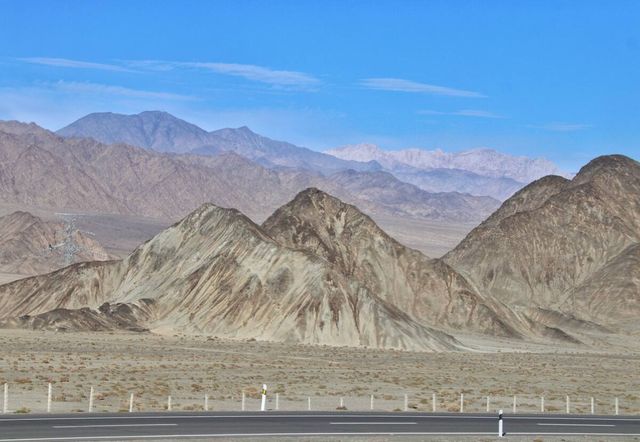
Located in the Qaidam Basin in northwestern Qinghai, at an altitude of 2500 to 3000 meters, it is the highest desert in the world, presenting a landscape of wind erosion, sand dunes, Gobi, salt lakes and salt plains.
In the sunny weather, the sand dunes on the Gobi Desert are constantly changing colors under the action of sunlight and floating clouds, and “mirages” often appear on the walls.
7. Kubuqi Desert 库布齐沙漠
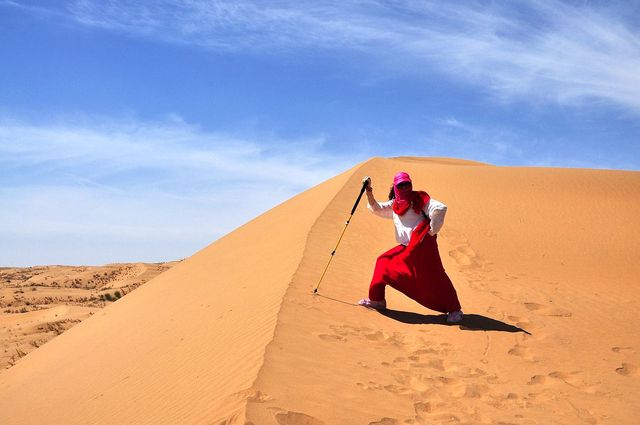
Located in the northern part of the ridgeline of the Ordos Plateau in Inner Mongolia, it is the nearest desert to Beijing. The central and eastern parts have a lot of rainfall and belong to semi-arid areas; the western part has less rainfall and entered the arid areas.
During the Western Zhou Dynasty 3000 years ago, the ancient city of Shuofang appeared on the Kubuqi grassland. At that time, the forest was dense, the water plants were abundant, and cattle and sheep were in flocks. The ancient ethnic minorities like Jude, Rongdi, and Xiongnu all thrived here. Then gradually changed to this.
8. Ulan Buh Desert 乌兰布和沙漠
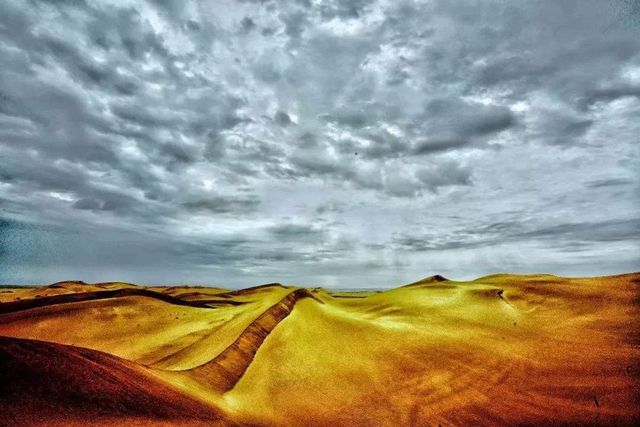
Located in Bayannaoer City and Alxa League in western Inner Mongolia, the Mongolian “Ulanbuhe” means “red bull”.
There are many quicksands in the south of the desert, many ridge-shaped dunes in the middle, and more fixed and semi-fixed dunes in the north.